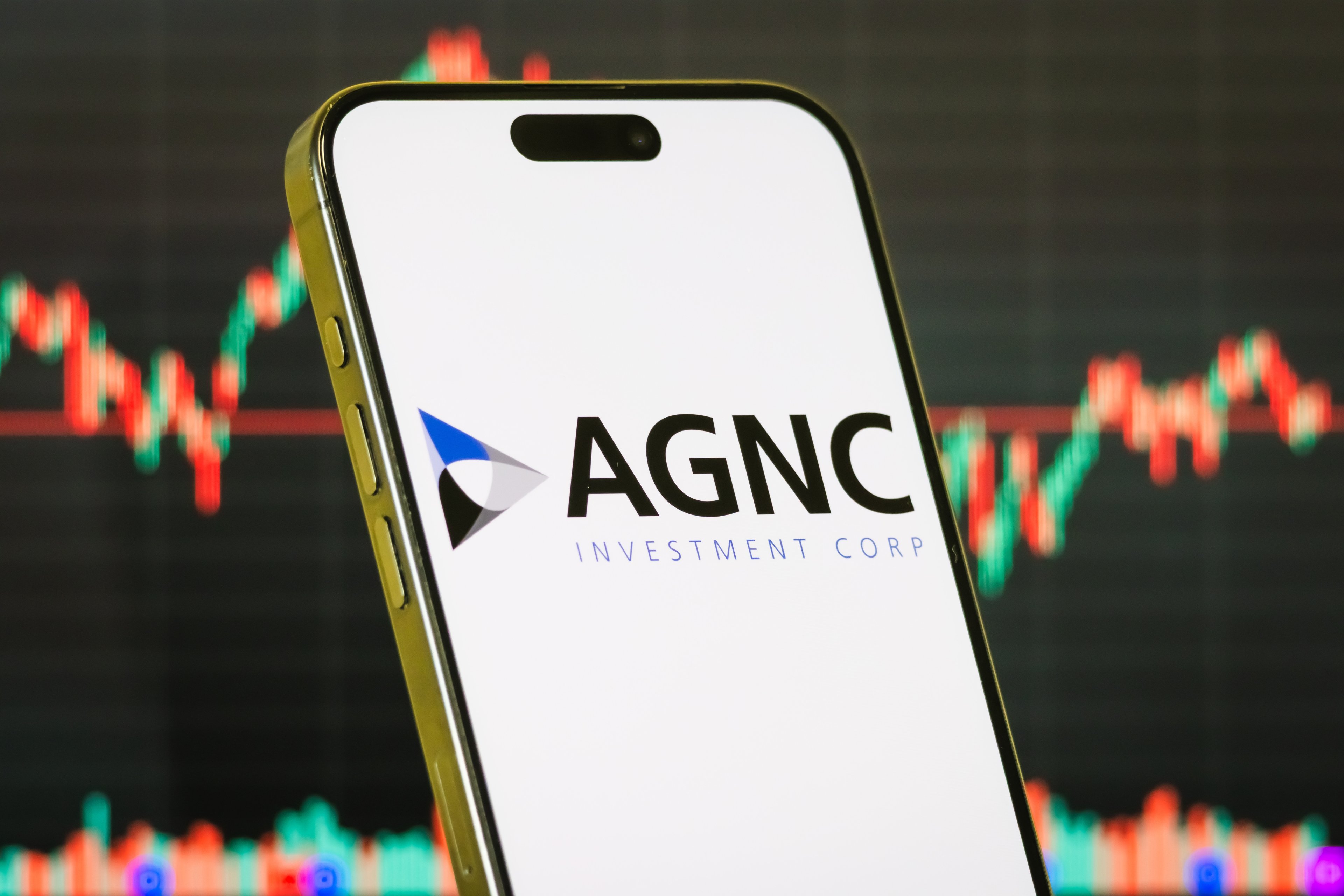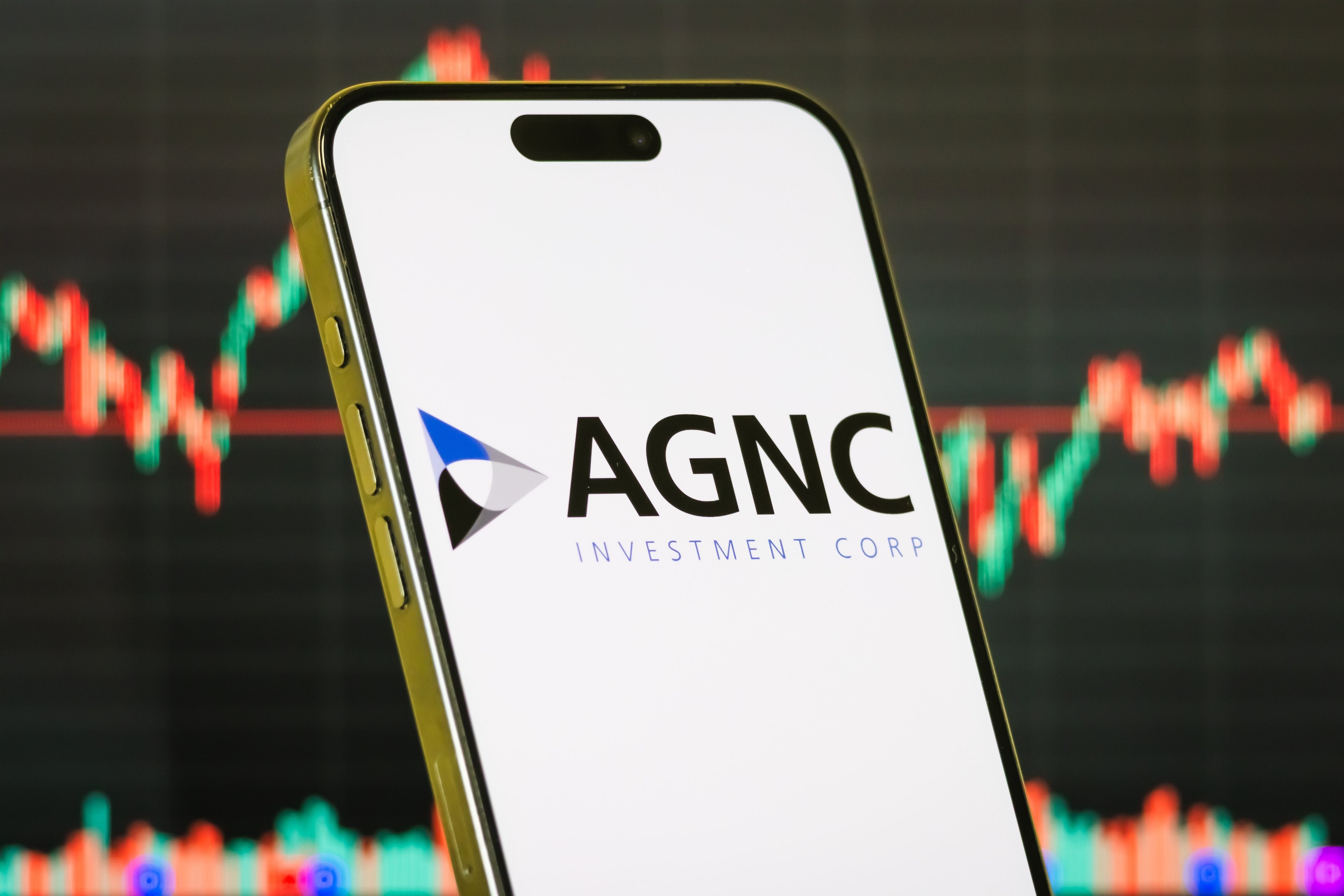Generating passive income can help increase your financial flexibility. The more income you can collect from passive sources, the less reliant you'll be on your job to meet your financial needs.
Investing in dividend stocks can be a very easy way to make passive income. For example, investing $1,000 into an S&P 500 index fund would produce about $12 of passive dividend income each year, given the index's roughly 1.2% dividend yield. Meanwhile, stocks with higher dividend yields can produce even more annual dividend income. Here's a look at some solid options for those seeking to collect a lucrative stream of dividends each year.
AGNC Investment
AGNC Investment (AGNC +0.85%) is a real estate investment trust (REIT) that invests in pools of residential mortgages backed by government agencies such as Fannie Mae. These agency mortgage-backed securities (MBSes) have very low-risk profiles because the government protects investors from credit losses. They're also lower-return investments, with low- to mid-single-digit yields).

NASDAQ: AGNC
Key Data Points
Mortgage REITs like AGNC Investment aim to boost their returns by using leverage (i.e., debt) to buy more MBSes. While this strategy increases risk, it enables the REIT to earn much higher returns. That allows it to pay a much higher-yielding dividend. Its yield is currently over 14%. It could turn a $1,000 investment into about $140 of annual dividend income at that rate.
That higher-yielding payout is at higher risk of a future reduction, and bear in mind that AGNC has had to cut its dividend in the past. However, the REIT has maintained its payout for nearly 60 months in a row. It currently estimates that its portfolio can generate a high enough return to cover its operating expenses and dividend payment for the foreseeable future. It should be able to continue providing investors with a very lucrative income stream as long as market conditions don't experience an unexpected shift.
NNN REIT
NNN REIT (NNN 0.75%) is a REIT focused on owning single-tenant net lease retail properties, such as automotive service locations, convenience stores, and restaurants. Net leases provide very stable rental income because tenants cover all operating expenses, including routine maintenance, real estate taxes, and building insurance.

NYSE: NNN
Key Data Points
The REIT currently pays a dividend that yields 6%. At that rate, an investor would earn about $60 of dividend income each year on a $1,000 investment.
NNN REIT has increased its dividend payment for 35 years in a row. That's a rare milestone that only two other REITs and less than 80 publicly traded U.S. companies have reached.
The company routinely acquires additional income-generating retail properties. Those new additions will grow its portfolio and income, allowing the REIT to increase its dividend.
EPR Properties
EPR Properties (EPR +0.82%) is a REIT focused on experiential real estate such as movie theaters, eat-and-play venues, and attractions. It leases these properties to companies that operate the experiences under a long-term net lease. Those leases supply it with relatively stable rental income, which it uses to pay a dividend that currently yields more than 7%.

NYSE: EPR
Key Data Points
The REIT had to suspend its dividend during the pandemic because of its impact on experiential businesses. However, it has since reinstated its dividend, which is lower than its pre-pandemic level to provide a bigger cushion, and has increased it several times.
EPR Properties should be able to continue growing its dividend in the future. The REIT aims to invest about $200 million to $300 million each year into additional income-generating experiential real estate. It was on track to invest around $250 million last year. It has already lined up $150 million of experiential development and redevelopment projects it expects to fund over the next two years. These investments will grow its cash flow, enabling the REIT to continue increasing its high-yielding dividend.
Passive income boosters
Because AGNC Investment, NNN REIT, and EPR Properties all pay higher-yielding dividends, investors can generate more passive income from these stocks than from those with lower yields. While higher-yielding dividend stocks can be a bit riskier, the reward is the potential of collecting a very lucrative income stream.





